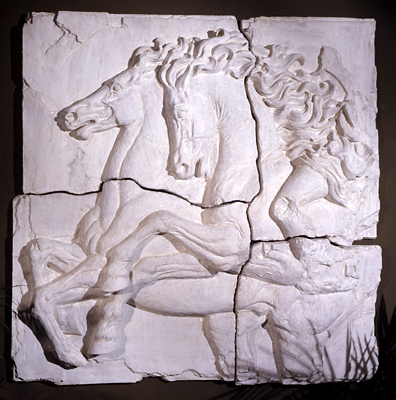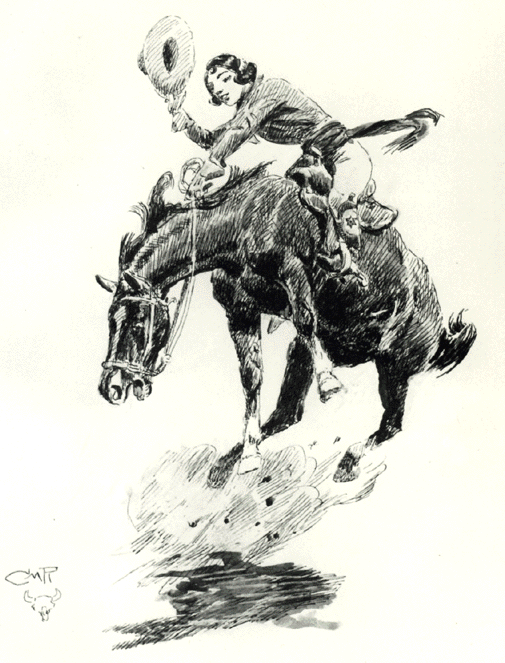
Risk Management
Until recently, I was not a full time trainer; I was a full time banker. I’ve spent the last 10 years working in financial services, supporting credit and insurance processes. In other words, my responsibilities included the assessment and protection against financial losses.
Naturally, financial institutions have implemented processes and procedures to control the risk of loss. Tellers comply with check cashing, deposit and withdrawal policies, which are both internally and federally controled. In credit processing, the data collected and organized allows credit decisions to be made, which mitigates the risk of financial loss for both the lender and the borrower. In insurance, producers are able to purchase products which compensate them financially for production losses, due to weather or disease. Risk management is practiced because there is a business need to plan for adverse financial events. Risk management identifies, assesses and prioritizes risks, then coordinates and applies resources to minimize, monitor, and control the probability and/or impact of unfortunate events, or to maximize the realization of opportunities. Ideal risk management minimizes applied effort and resources, while also minimizing the negative effects of risks and maximizing positive effects of risk.
And so it is with horses. Instead of managing against financial loss, I manage against the loss of health or life. I’m not worried the horse will write me a bad check, but he might smash my hand or break my leg, and he could injure himself in the process. Just as sometimes people mismanage their finances, make a mistake in their accounting, a horse may mismanage his emotions, and respond instinctually to protect himself, and either of us could be hurt. I don’t take it personally. Experience has taught me offenders don’t usually intend to cause damage, yet the possibility for damage always exists.
Naturally, financial institutions have implemented processes and procedures to control the risk of loss. Tellers comply with check cashing, deposit and withdrawal policies, which are both internally and federally controled. In credit processing, the data collected and organized allows credit decisions to be made, which mitigates the risk of financial loss for both the lender and the borrower. In insurance, producers are able to purchase products which compensate them financially for production losses, due to weather or disease. Risk management is practiced because there is a business need to plan for adverse financial events. Risk management identifies, assesses and prioritizes risks, then coordinates and applies resources to minimize, monitor, and control the probability and/or impact of unfortunate events, or to maximize the realization of opportunities. Ideal risk management minimizes applied effort and resources, while also minimizing the negative effects of risks and maximizing positive effects of risk.
And so it is with horses. Instead of managing against financial loss, I manage against the loss of health or life. I’m not worried the horse will write me a bad check, but he might smash my hand or break my leg, and he could injure himself in the process. Just as sometimes people mismanage their finances, make a mistake in their accounting, a horse may mismanage his emotions, and respond instinctually to protect himself, and either of us could be hurt. I don’t take it personally. Experience has taught me offenders don’t usually intend to cause damage, yet the possibility for damage always exists.

Risk should be anticipated and measured by probability x impact. What is the probability of a particular event occurring? What is the probability of your horse bucking, spinning, rearing, or bolting while you’re riding him? Or while leading him, biting you, pinning you, stepping on you, pawing you? This list is not meant to scare away riders; I provide these examples to prepare riders. Horses are capable of a wide range of movements and are quite strong. Which of these behaviors do we wish to extinguish? Which of these might be useful, in certain contexts, if they could be well-managed and have no negative impact? There are things our horses are able to do, such as galloping fast, or spinning quickly, which we do not want to reduce the probability of. We simply need to reduce the chance of negative impact these actions may have.
How much impact will the event have? I’ll admit to rope burns, because I didn’t go back for my gloves. And bruised feet, because I just wanted to go say “hi” to the horses. In sandals. The pile of dismembered tack in my tack room testifies to the stress trials I’ve put it through, in an effort to find (or make) quality tack that fit my needs. Broken tack, bloodied knuckles and bruised skin can make for entertaining storytelling, only because thankfully, no significant damage occurred. The impact was minimal. What are your personal vulnerabilities? What is your tack capable of withstanding? When riding, what kind of movements are you able to follow, and which challenge your balance? Preparation can go a long ways towards minimizing negative impact. Prepare your equipment. Prepare yourself. A balanced rider, with her center of gravity well placed, will be minimally impacted by her horse’s abrupt movements. The ability to follow such movements will increase training and athletic possibilities.
Which brings us to the matter of opportunity cost. While avoidance may seem the answer to all risks, not performing an activity that could carry risk means losing out on the potential gain that accepting or retaining the risk may have allowed. Not entering a business to avoid the risk of loss avoids the possibility of earning profits. Not practicing horsemanship to avoid damage avoids the possibility of advancing ones horsemanship skills. Sometimes, resources spent on risk management could have been better spent on more profitable activities, i.e. practice to improve skills.
“Good judgment comes from experience, but experience comes from bad judgment.”
There’s nothing wrong with taking advantage of the experience of others and the advice they might offer, but no advice should go untried. Sure, sometimes you’ll fail. Sometimes, you’ll get it wrong. A different approach leads to another experience, and sooner or later ineffective presentations will be discarded and effective ones will be left. The risk of failure is a risk one must be willing to take to become an educated equestrian. Understand the probability of failure is necessarily 100%; thankfully, the impact can be managed and reduced. Dust off your ego, and go try again.
Which brings us to the matter of opportunity cost. While avoidance may seem the answer to all risks, not performing an activity that could carry risk means losing out on the potential gain that accepting or retaining the risk may have allowed. Not entering a business to avoid the risk of loss avoids the possibility of earning profits. Not practicing horsemanship to avoid damage avoids the possibility of advancing ones horsemanship skills. Sometimes, resources spent on risk management could have been better spent on more profitable activities, i.e. practice to improve skills.
“Good judgment comes from experience, but experience comes from bad judgment.”
There’s nothing wrong with taking advantage of the experience of others and the advice they might offer, but no advice should go untried. Sure, sometimes you’ll fail. Sometimes, you’ll get it wrong. A different approach leads to another experience, and sooner or later ineffective presentations will be discarded and effective ones will be left. The risk of failure is a risk one must be willing to take to become an educated equestrian. Understand the probability of failure is necessarily 100%; thankfully, the impact can be managed and reduced. Dust off your ego, and go try again.
3.2.12 TME
return to Educated Equestrian
return to Educated Equestrian